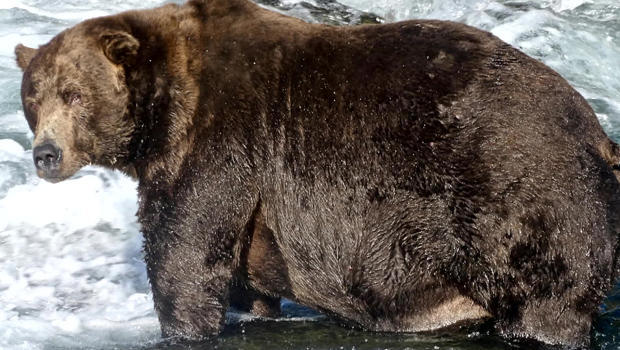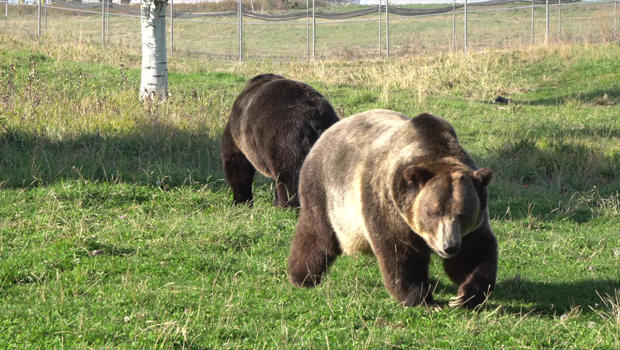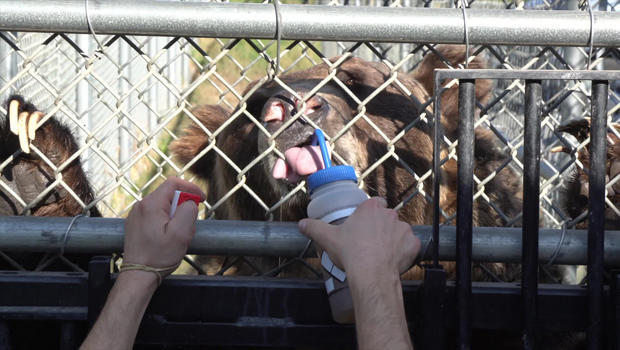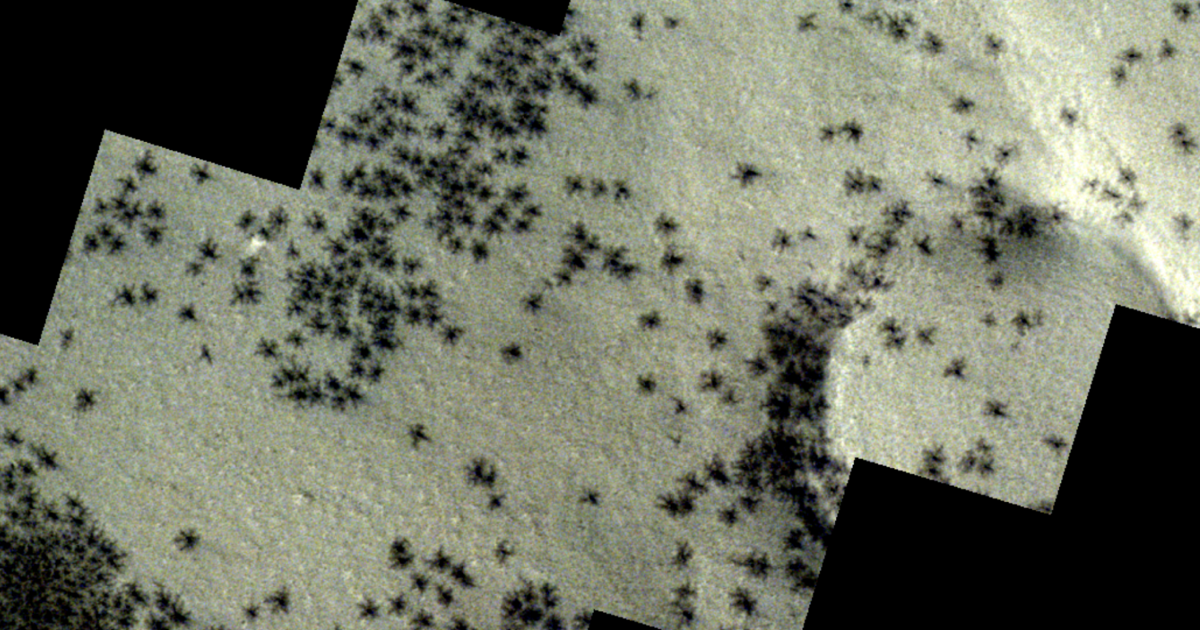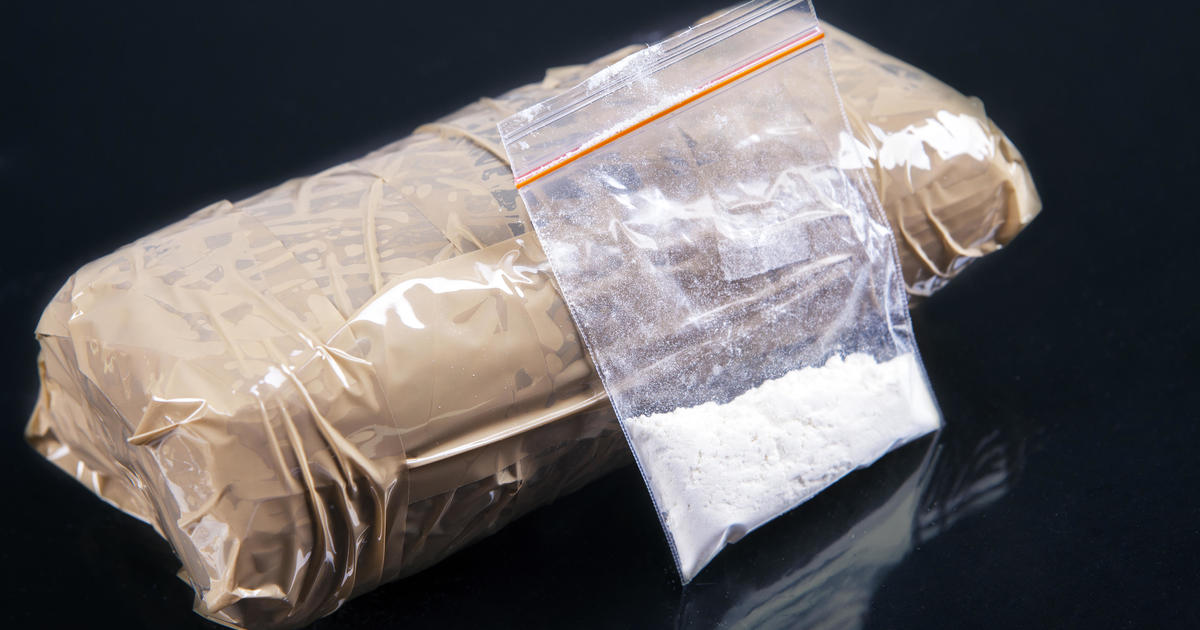What can the hibernation of bears teach humans?
For a bear, Brooks Falls at Katmai National Park in Alaska is like one of those conveyor-belt sushi restaurants. During the summer months, diners are treated to a seemingly endless supply of salmon.
This summer, the Alpha of Omega-3 consumption was a bear known as "747," the recent winner of Katmai's annual online Fat Bear Week contest. Jumbo jet-sized 747 is estimated to weigh 1,400 pounds.
But of course, all those pounds serve a purpose.
"Bears have an enormous appetite – it's virtually unstoppable," said Heiko Jansen, a professor of integrated physiology and neuroscience at Washington State University, home to the country's only dedicated bear research center. "And they will eat and eat and eat to gain that fat mass to survive hibernation."
Located in Pullman, Wash., the center houses 11 grizzlies, and these big mammals on campus are helping scientists unlock some of hibernation's mysteries.
But first, let's clear up a hibernation misconception: The common cartoon concept of hibernation involves bears going to sleep in November and then waking up for the first time in spring. But that's not quite what happens.
"They actually don't sleep all the time," said Jansen. "They have a fairly regular sleep/wake pattern. And they will get up in the den, they might stretch a little bit."
In fact, pregnant females give birth and nurse their cubs during hibernation. "The more fat a mom puts on going into the den, the bigger the cubs are that are born and the more cubs she can produce," Jansen said.
But what scientists don't fully understand is how bears can get so heavy and yet stay relatively healthy.
"Bears eat a ton, get fat, don't get diabetes," said correspondent Conor Knighton.
"Exactly. Right. They exhibit some of the signs that Type-2 diabetics exhibit, but then all of that reverses itself," Jansen said.
In the lab at WSU, fat cells are analyzed for clues about how the bears beat diabetes. Grad student Hannah Hapner believes the answers could have implications far beyond the bear world. "Hopefully what I'm doing will assist in us figuring out how all that works, and then developing treatments for those human metabolic diseases as well," she said.
A treatment for Type-2 diabetes may be hiding in hibernation. And, if humans could ever find a way to lower our own metabolic rate the same way that bears do, well, then the skies would no longer be as limiting.
In "2001: A Space Odyssey," some of the crew goes into hibernation to conserve food and water en route to Jupiter. According to Jansen, it's not that far-fetched.
"Even lowering our metabolic rates by a few percentage points would have a huge benefit to the amount of stuff you simply had to carry on a spacecraft," Jansen said.
Although, so much snoozing would present its own set of challenges: "Humans that would be laying down for six months would lose a tremendous amount of bone," he said. "But bears aren't losing bone mass. They're not becoming osteoporotic, like humans would."
Why? Nobody really knows.
The WSU center opened in 1986 to help answer those types of questions. The grizzlies either come from the greater Yellowstone region (where encounters with humans have put them at risk for being put down), or they were born on-site.
Since the researchers control the diet, they start shrinking the portions in the fall to mimic what would be happening in the wild. It's mostly a mix of kibble and apples, with one occasional treat.
As Jansen pointed out, bears will do almost anything for a large bolus of honey.
"I can't believe that's the bear stereotype that's true," Knighton said. "It's, like, of all of them, I would've been like, all right, the Winnie the Pooh thing is ridiculous. That's true? They love honey!"
For a few squirts of honey, the bears kick out their paws for a final pre-hibernation blood draw. They'll be examined again in April, but for the next several months it's pretty hands-off. They'll be monitored on camera while they laze around.
With so much uncertainty in the world – from the pandemic to politics – it's hard not to be a little envious of hibernators.
For humans, it's bound to be a challenging winter. But for the bears? It'll be a blur. They'll essentially get to skip it all, curled up in their dens, awaiting a sunnier spring.
For more info:
- Washington State University Bear Research, Education and Conservation Center, Pullman, Wash.
- Heiko Jansen, Department of Integrated Physiology and Neuroscience, Washington State University
- Katmai National Park & Preserve, King Salmon, Alaska
- Fat Bear Contest 2020 (Katmai Conservancy)
Edited by Emanuele Secci.
